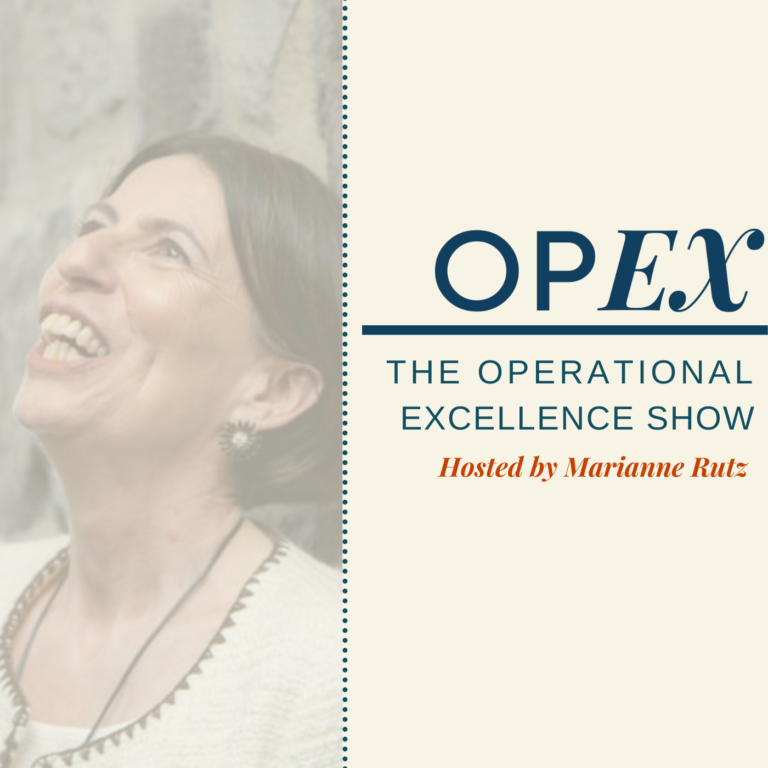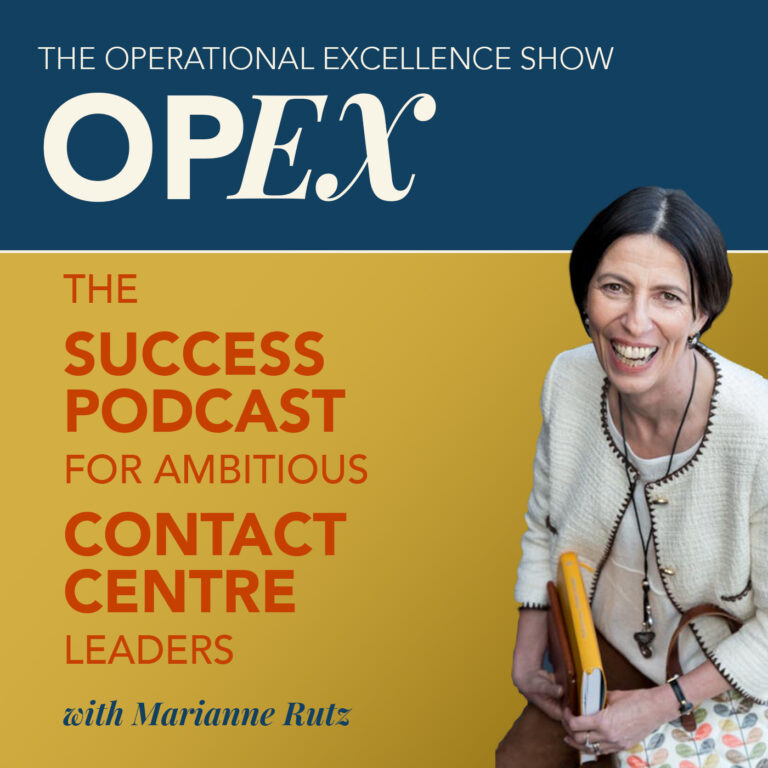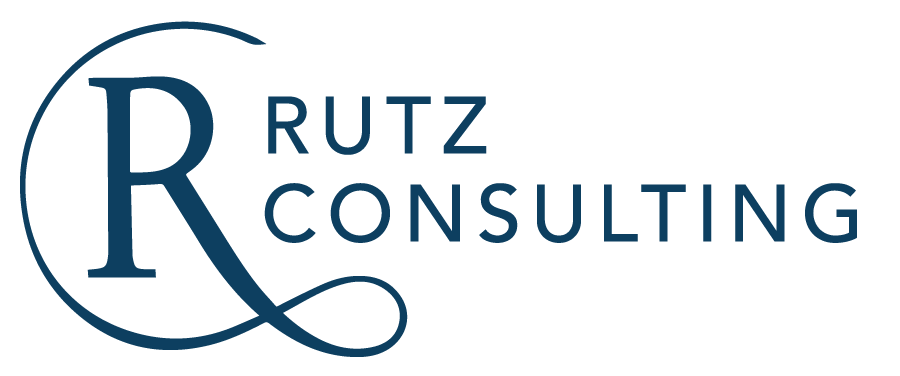How would you put into words the steps you’ve taken to grow your business? Or if you are just starting out, what steps do you have planned?
When you are running your business, there are so many avenues to consider and sometimes, naturally, this is very overwhelming. Yet I wanted to take the time to put some simple steps down, and the best way I can do this is in comparison. If you take for example the steps you would take to grow a plant, let’s consider the following…
- What plant would suit you? This is quite possibly the most important step before beginning or even growing your business. You want to choose a plant that suits your skills, likewise with a business, your business is likely created around your zone of genius or expertise. What may be suitable for you may not be suitable for others. What may thrive for others, may not do so for you. It’s important that each business (or plant!) has a tailored approach, completely independent to its environment and audience.
- What environment is required? This question may seem odd when thinking of business but environment is key. Firstly, does your business need to stand independent? E.g does your team need to work solely to succeed or does it need to be surrounded by others in order to thrive and offer the best service possible?
Where does your business need to be based? If you are offering a multilingual contact centre service, you may need numerous bases in order to offer the cultural offerings that will truly impact your customers. Very much like a plant, environment can be a key success to thriving and growth.
- Preparation is key! This is something I truly stand by, in order to succeed you must be prepared. In business this surrounds each area from recruitment to finance, customer service to complaints. Firstly, you must ensure you have the right people in the right areas. I would strongly recommend you tune in to our People, Process, Profit series on our Operational Excellence Show Podcast, where Teresa Robertson of Endrick Consulting discusses all things recruitment in this candidate driven market.

Join Marianne Rutz and world-renowned leaders in the contact centre industry for the Operational Excellence Show. Dig deep into the industries hot topics and gain valuable advice, insights and wisdom.
Today we are kicking off a 3 part Series under the Header Leading People – Executing Process – Amplifying Profit – the 3 P’s I am referring to regularly! My guest today is Teresa Robertson of Endrick Consulting and Associate Director of Rutz Consulting!
Everything in any business starts with people! In the new normal, nothing is exactly how it was pre covid. Equally important, is the fact that we can’t hide behind the pandemic any longer.
An added challenge is the current economic situation driving the labour shortage in the UK. So – we discuss the candidate driven recruitment market, the importance of having up to date job descriptions but we also touch on why we need to allow our people to learn! It’s no secret – the HR departments are probably the most challenged business units at the moment! Post Pandemic the HR department shows its true value – but the skill set of HR professionals is pretty scares!
You can connect with Teresa on LinkedIn or learn about her on our website!
Marianne on Linkedin: https://www.linkedin.com/in/marianne-rutz/
Rutz Consulting Website: https://rutzconsulting.com/
This Podcast is produced by: Andrew Madden Photography & Media Production

Another area of preparation that firms often miss is your Operational Handbook. I realise this may be down on the list of priorities when you’re putting resources together, but I promise you this will serve you long term. To help, you can again find an episode on the Operational Excellence Show, a step by step episode on how you can put this together.

Join Marianne Rutz and world-renowned leaders in the contact centre industry for the Operational Excellence Show. Dig deep into the industries hot topics and gain valuable advice, insights and wisdom.
When this episode gets aired in August – I will be in Switzerland, staying with my family for the first time in 4 very long months. I can’t wait for this – and of course, to ensure I can take time out I have been batch recording podcast episodes so that you, my wonderful listeners don’t miss out.
In Episode 25 – where we talked about the LEAP Framework, I mentioned that I would talk about the importance of having an Ops Manual – One single point of reference! This is a scary task! It’s big, It’s cumbersome. It’s hard work.
Let’s step back for a minute and think about a question:
Could you take a sabbatical of one to six months now and step away from your operation tomorrow? I invite you to write down all the reasons why you would not be able to step out of your business tomorrow. There’s a document linked in the show notes you can download. Be honest with yourself!
So…. one reason that almost always shows up on this list is “Nobody knows the business/department as well as I do” – and that is probably true – yet not exactly healthy! The number of people I see working during their well earned holidays is so high – it prompted me to think about this very carefully. But also for my own firm, as I knew the lockdown would ease and I definitely wanted to spend some time in the mountains, I needed to come up with a contingency plan.
The fact is: Structure and Control in your operation give you the freedom to step out. It is also a fact that Structure and Control are created through documented processes so that everything runs smoothly and no longer requires your daily involvement.
The pandemic has shown that contact centers with clearly structured operational processes, front-line and back-office performed much better than those with out these processes. And figures also show that the lack of process created anxiety within the workforce – in addition to the already unfamiliar ways of having to show up to work!
When I consult with firms around Ops Handbooks I always tie it back to the LEAP Framework we talked about in Episode 25! Leading People – Executing Process – Amplifying Profit.
Section 1 – Recruitment and On-Boarding – under Leading People:
Here you want to cover everything relating to your employees from starting a pipeline for your demand to how you recruit, where you recruit. You cover your interview process, assessment centres you may run.
It also covers everything HR, the link to the Employee Handbook (which should include links to the Return to Work Interview Form or how an employee can raise a concern or a grievance).
Once a person leaves there are steps to follow – capture them here! Don’t forget the Exit Interview, and what it is used for!
Section 2 – Training and Development – under Leading People:
Here you capture everything relating to training. Initial Product Training, Customer Service Training, Systems Training, Telephone Manner Training You also cover Up-Skill Training and Career Development Training for ALL levels in your operation! What do you do when somebody gets promoted to Team Leader? What do you do for your Quality Analysts (measuring QA and it’s process is covered in the Process Section but the skills you need to learn to do Quality Assessments properly are part of training). From experience I know that may promotions in a contact centre happen on the fly – that’s a wasted opportunity!
And I do encourage you to think hard about how you can ensure the entire ops team gets regular training and development. It does two things: a) you create excellence b) your staff will stay with you!
Section 3 – Contact Details (Leading People)
You can argue that this should be Section 1 – and if it feels right – add it there.
In this section, you capture every single Subject Matter Experts contact details, email, phone number, title, a short description of responsibilities/job. Starting with your agents (most likely a link to your HR database) and then covers the rest of your operational tree.
But it also covers
- Client details
- Taxi Firms
- Your preferred supplier for food orders
- The hospital
- The nearest Doctor
- Letting Agencies (if for example, you re-locate staff)
This Section is your “Yellow Pages”
Section 4 – Operational Day to Day Processes – under Executing Process
This is probably your biggest Section with the most Chapters! It is also your daily bible! Here you cover all sorts of processes.
Let me give you a few examples:
- How to request a password reset
- How to conduct a stand-up meeting
- How to find information in your knowledge base system
- How to request holidays
- How to prepare for a monthly business review? Which powerpoint deck to use
- How to onboard a new account or a new client
- How to use your HR system, for example, cascade or similar
- How does the fire drill work?
- Quality Monitoring Process
- Net Promoter Scores Process
- Reporting Processes (where does the data come from?)
- Copy or a Link to your statement of work
You are getting the gist!
Section 5 – Business Continuity Process and Disaster Recovery – (Executing Process)
The Covid-19 Pandemic has separated the wheat from the chaff – so to speak. Not very many contact centres had the Pandemic in their BCP/DR! Not surprisingly, firms based in areas that had Pandemic in the past did much better. Very surprising to me though was that we seem to have forgotten how we, in the contact centre world, dealt with – what was commonly known as the Swine Flu Pandemic in 2009.
At the time I worked for Sitel – and we spent every single day at least one hour on a conference call talking about risks, new infections, absence rates, impact on our customers (I ran a global account, Lexmark, at the time and had operations stretching from St. Johns in Canada, via Dublin, Düsseldorf, Rabatt to Bangalore).
What did the industry do with the knowledge gathered then? And I’m talking purely operational knowledge for day to day running of a contact centre here!
Especially outsourcers are well-advised to have very clear and regularly tested BCP’s! I guess this is another topic to discuss with an expert!
Section 6 – Financials (LEAP – Amplify Profit)
This Section covers the money. On all Levels!
Starting again with the front line advisor: How are their salaries structured. Do we pay bonuses – if so how and when? Salary increases – who are they calculated. What’s the process to put somebody forward for a salary increase. Once this is approved – how do I make sure the person gets the money paid.
But we are also looking at production cost here. What does my operation cost on a daily basis? If you are an Outsourcer – you are particularly interested in how much money did you make yesterday? And how much money did you lose? I call this your contribution report. It also covers how you invoice, how you or your firm is getting paid. How do you deal with Service Credits or penalties as it were?
I appreciate this looks like a massively huge task. Impossible to be done. So, let’s cut this elephant into pieces. I have given you examples in each single section. You can go and download the Workbook via the link below, which will give you the 6 headlines and some examples.
You can now start thinking about what would this look like in your organisation. I am now designing such an Operational Handbook for a client in Berlin. To divide the elephant I created a project in Microsoft teams. Each Section is put in as a Chapter. Each Chapter has got task cards. We are using Wiki to start populating the sections.
I’m not doing this on my own – no! I provide the framework and the team, the subject matter experts are invited to populate their area of expertise! This way the huge task becomes manageable.
Another very workable tip – if you on-board a new account (this really applies to outsourced contact centres) – parallel to the onboarding start populating the Operational Handbook!
So – see – starting an operational handbook, an operational blueprint, and ops manual is now not all that daunting!
https://www.linkedin.com/in/marianne-rutz-351b0a5/
My Podcast is produced by: https://www.unavoided.com

- Self doubt is normal. As with all aspects of life, it’s highly likely there are going to be bumps in the road, and whether they be big or small ones (or even numerous ones!), it’s likely these will knock your confidence. When I first created Rutz Consulting, and even previously in my other managerial roles, I often thought. Can I do this? Why am I here? Am I the best person for this job? It would be very easy to give up at this point, but pushing through and striving for excellence will see your service grow, and achieve even more. I realise you may be questioning, what has self doubt got to do with growing plants?! But I think we can all say we’ve had experiences where you just cannot keep that one plant alive! If you haven’t, do share your tips!
- Trust the process – whether it’s one you have implemented as a team, with an outside expert’s help or you are working through a course and implementing as you go, it’s so important to trust the process. Will you see results straight away? It’s highly likely you won’t. Will there be difficult parts? Absolutely. Excellence is not achieved overnight, neither does a plant flower. You must be resilient and stick to your plan, I promise, you will see results. You can check out one of our Case Studies to see how we implemented such a process with one of our clients. I can promise this was not a quick fix, but rather a period of hard work and determination to provide a truly excellent service history. Success Story – Signify
Growing your service offering within your business is not easy, but I sincerely hope and believe that the above areas are the first steps to help you get there. At Rutz Consulting we offer a wealth of services, so please do not hesitate to reach out if we can be of any assistance.







